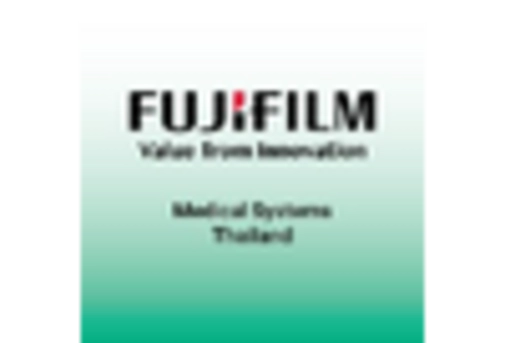The China Medical Imaging Workstations Market is characterized by its dynamic and competitive landscape, driven by technological advancements, increasing healthcare demands, and a growing emphasis on precision medicine. As the healthcare infrastructure continues to evolve, numerous players are actively competing to establish their presence in this lucrative sector. This market is witnessing notable innovations in imaging technologies and a surge in the adoption of advanced workstations that enhance diagnostic accuracy and workflow efficiency. The competition among major manufacturer brands is fierce, with companies striving to differentiate their offerings through enhanced functionalities, user-friendly interfaces, and integration capabilities with existing healthcare systems.
Regulatory compliance and adherence to safety standards also play a critical role in shaping the competitive strategies of firms in this space. Siemens Healthineers has established a robust foothold in the China Medical Imaging Workstations Market, leveraging its extensive portfolio of imaging solutions designed specifically for the healthcare needs of the region. The company is known for its strengths in delivering high-quality imaging products, advanced software solutions for imaging analysis, and a strong emphasis on integrated healthcare services.
By focusing on innovation and quality, Siemens Healthineers has built a substantial reputation among healthcare providers in China, supported by its ability to offer tailored solutions that cater to local market demands. The strong brand equity and continuous investment in research and development allow Siemens Healthineers to maintain its competitive edge, ensuring its products remain at the forefront of technological advancements in medical imaging.
Philips Healthcare also holds a significant market presence in the China Medical Imaging Workstations Market, driven by its broad range of diagnostic imaging products and solutions. Key offerings from Philips include sophisticated imaging workstations that facilitate advanced imaging applications such as MRI, CT, and ultrasound. The company emphasizes the integration of artificial intelligence and advanced analytics into its systems, improving diagnostic capabilities and operational efficiency for healthcare providers. With a strategic focus on customer-centric innovation and partnerships, Philips Healthcare has been proactive in enhancing its service offerings in China through mergers and collaborations aimed at expanding its technological reach.
The company's ability to innovate continuously, coupled with effective marketing strategies, positions it favorably in the market. Philips Healthcare's strengths lie not only in its product offerings but also in its commitment to enhancing patient outcomes and reducing operational costs for healthcare facilities, thereby solidifying its role as a leader in the region.




















Leave a Comment